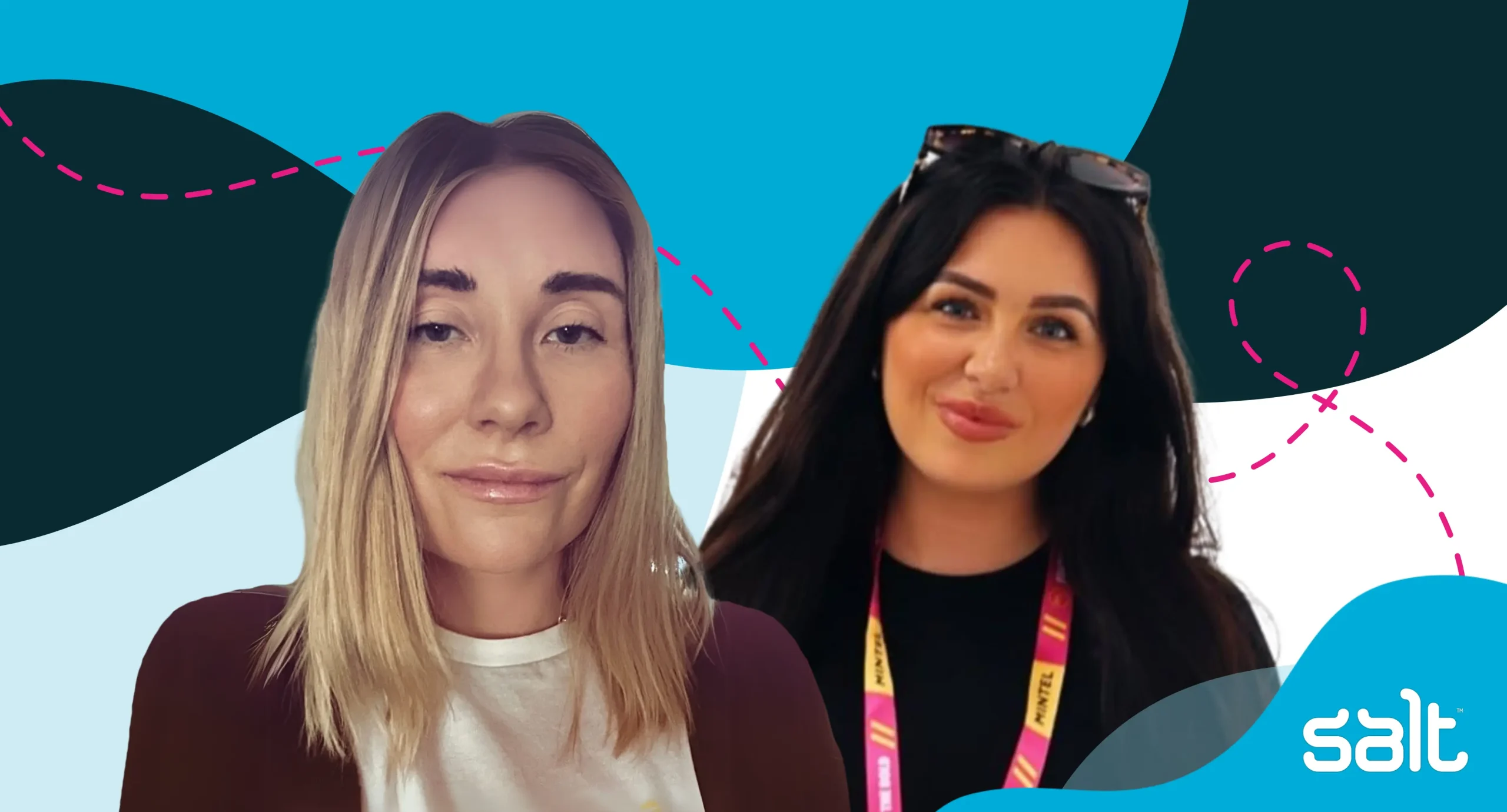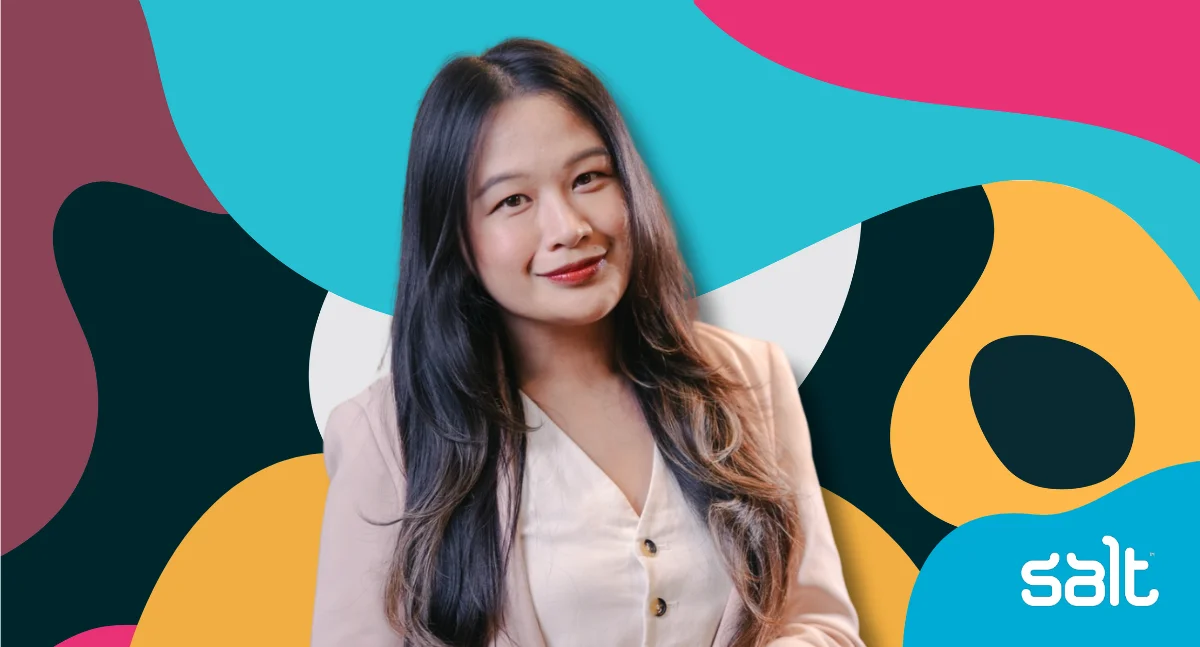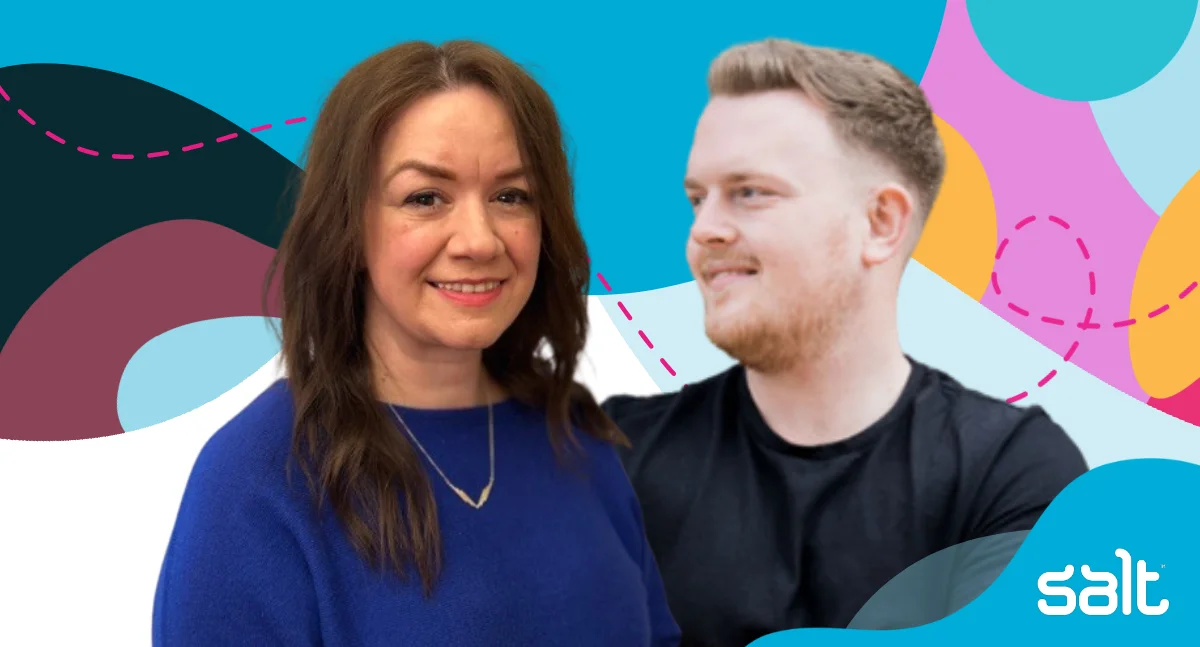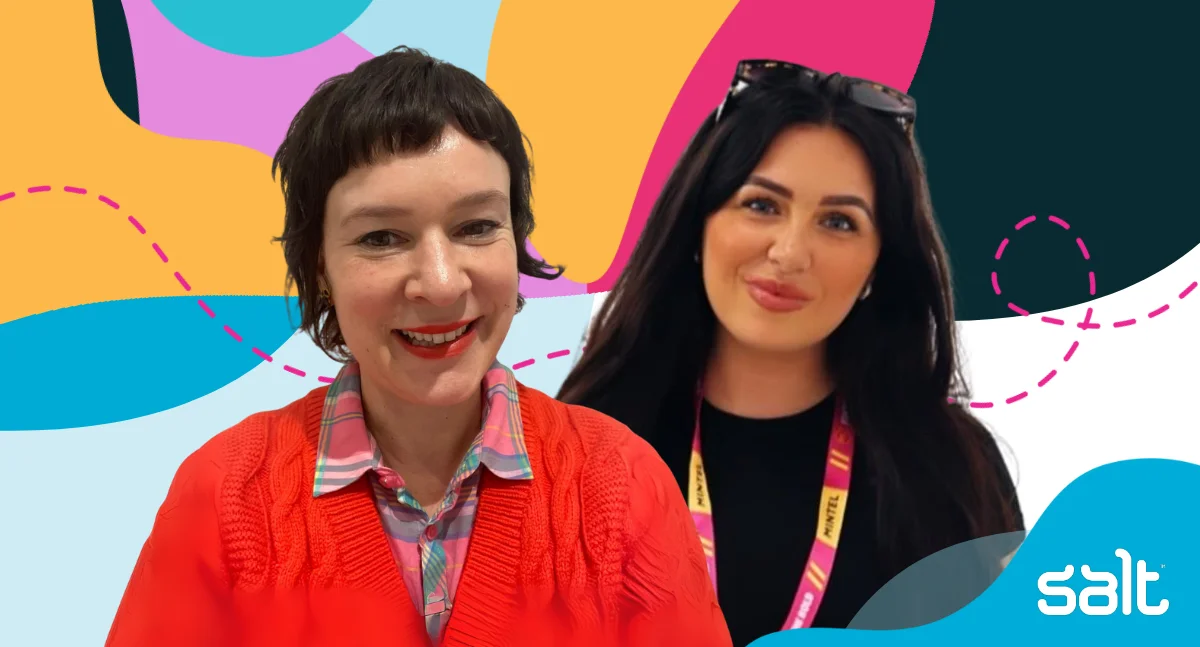
Natalie Grover, a seasoned social media and content strategist, shares valuable insights into maintaining well-being in the fast-paced social media industry. Natalie discusses the importance of setting boundaries, disconnecting, and fostering a healthier online culture.
In this Expert Insights interview series, Principal Consultant for Marketing, Rebekah Brown, speaks to social media leaders shaping the digital landscape. Specialising in social media, influencer marketing, content creation, and community management, Rebekah connects marketing leaders with top freelance talent.
Looking for social media experts for your next project? Get in touch
Can you tell us a bit about yourself and your career so far?
I’m Natalie Grover, a social media and content strategist. I’ve been a seasoned freelancer for a decade, and before that, I worked in advertising, consumer publishing, book publishing, and TV. So, I’ve got a really nice 360° view of the media landscape. I’m very 360° in my approach to content strategy and social media strategy, but I’m also very conceptual, which has grown a lot over the last few years. I really love the industry and the projects I’ve had the opportunity to work on.
What’s something people might not know about you or your work?
An interesting fact about me? I’ve been a film photographer for the past seven years. That has really helped give me a good eye for content, the look and feel of things, creative art direction, and conceptual work. I love capturing strangers and incredible scenes, and I’ve recently had opportunities to work with models, which has been exciting. Off the back of that, I’ve also been creating some art, translating strong photography through artistic mediums.
What’s a social media trend you are currently enjoying?
My favourite social media trend right now is Employer Generated Content (EGC). Waitrose, particularly their Maidenhead and Saffron Walden locations, has done some brilliant EGC. For example, earlier this year, Saffron Walden did a fantastic Kendrick Lamar Super Bowl dance featuring mini eggs. It was authentic and fun, and it resonated strongly and tapped into a compelling cultural moment that connected on a global scale. Currys also do it brilliantly, as do brands like ASOS and Charlotte Tilbury, who involve employees in engaging and entertaining content. I think EGC is incredibly powerful right now, and we’ll see a significant rise in this type of content in the future.”
Have there been any challenges to your well-being while working in Social Media, and how have you handled them?
Working purely in social content makes it challenging to step away from constant scrolling. I’ve worked in social media from its infancy and seen it evolve continually, which is fascinating. However, it’s crucial to set strong boundaries to avoid burnout. This can mean setting limits on social apps, limiting your screen time weekly, unfollowing accounts that don’t make you feel good, stepping away from devices during lunch breaks, and getting out into nature.
Taking care of your mental health is essential to staying interested and safe in this industry.
What boundaries do you recommend setting to manage mental health effectively in your role?
There’s a culture in social media roles, whether in-house or agency-side, of needing to be constantly switched on. It’s essential to have the ability to step away and have conversations about well-being with colleagues. Whether it’s declaring that you’ll be offline in the evening to spend time with family, friends, or hobbies, or ensuring you return to work with a fresh head the next day, these boundaries are critical. It’s not always easy, especially in junior roles, but open conversations about well-being and boundaries with managers or teams are essential to doing our jobs well.
Companies have a responsibility to promote mental health initiatives. Simple practices like not emailing after 6 pm can greatly benefit everyone’s mental health. While tight deadlines might sometimes require extra hours, agencies must prioritise staff well-being to prevent ongoing talent turnover. Employees actively seek employers who value and implement these mental health practices.
How can individuals and companies contribute to creating a healthier online culture?
Creating a healthier online culture isn’t easy, but I still find a lot of joy on social media, whether it’s recipes or animal videos, creative passions, or just a good meme. To foster a healthier relationship with social media, try switching your phone off in the evenings, setting usage timers, regularly spending time outdoors, unfollowing toxic accounts, and avoiding excessive comparisons to online portrayals, because everyone has their struggles. Take social media with a pinch of salt.
Importantly, if you encounter abuse online, call it out. Always feel empowered to report inappropriate content, block unkind individuals, or set your accounts to private. These tools can significantly help protect your mental health while working in social media roles.
Disclaimer: Please note, Natalie shared her perspective here on Social Media and burnout. This isn’t intended as professional mental health advice, and if you’re struggling with your mental well-being at work, consider speaking to a professional.
Hiring? Salt connects you to outstanding top talent worldwide
If you’re interested in hearing about how Salt’s top talent recruitment experts around the world can help with your hiring right now, get in touch. Click below to contact the closest Salt team to you!
- Australia
- Canada
- Belgium
- Europe
- Hong Kong
- Malaysia
- Middle East and North Africa
- Netherlands
- New Zealand
- Singapore
- South Africa
- United Kingdom
- United States
Keep up with Salt’s top talent job market insights and hiring advice! You can keep in the loop by following us on. LinkedIn, YouTube, Facebook, Instagram, and Spotify.


